Home>Garden Essentials>How To Plant Wildflower Seed Paper
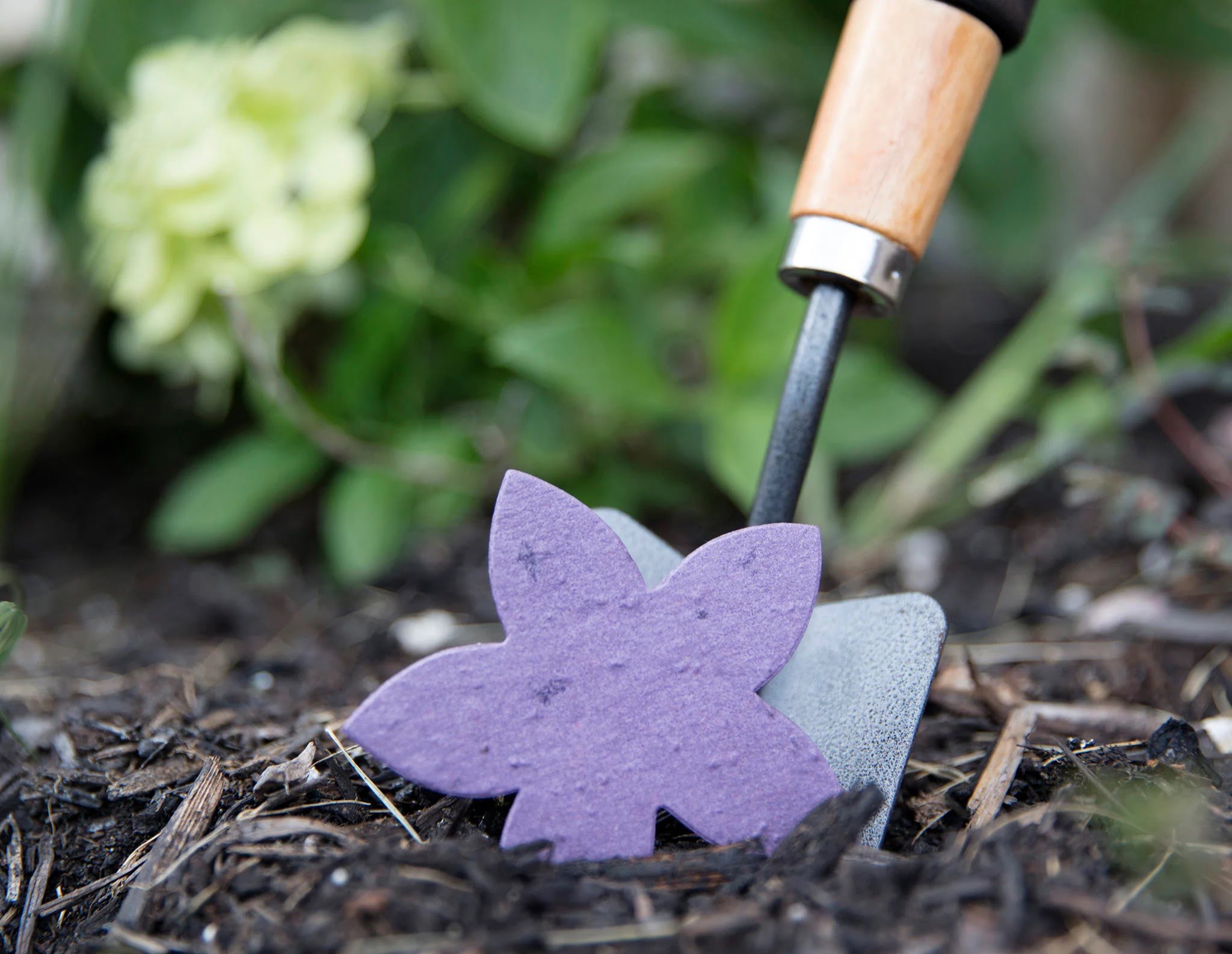

Garden Essentials
How To Plant Wildflower Seed Paper
Modified: March 15, 2024
Learn how to plant wildflower seed paper in your garden and enjoy a beautiful burst of colorful blooms. Transform your space with this eco-friendly and easy-to-grow option.
(Many of the links in this article redirect to a specific reviewed product. Your purchase of these products through affiliate links helps to generate commission for Storables.com, at no extra cost. Learn more)
Introduction
Welcome to the wonderful world of wildflowers! If you’re looking to bring color, beauty, and biodiversity to your garden, planting wildflower seed paper is a fantastic choice. Not only is it an eco-friendly option, but it also adds a touch of creativity and uniqueness to your gardening experience.
Wildflower seed paper, also known as plantable paper, is a special type of paper that is embedded with wildflower seeds. Instead of throwing it away, you can plant it in the ground and watch as it transforms into a beautiful wildflower garden.
Planting wildflower seed paper is a great activity for beginners and experienced gardeners alike. It requires minimal effort and provides a rewarding result. In this article, we will guide you through the process, step by step, so you can successfully plant and grow wildflowers from seed paper.
Before we begin, let’s take a moment to appreciate the many benefits of planting wildflowers. Not only do they add vibrant colors to your garden, but they also attract pollinators such as bees, butterflies, and hummingbirds. By creating a haven for these beneficial creatures, you are contributing to the health and balance of the ecosystem.
In addition, wildflowers are hardy and resilient, making them a low-maintenance option for your garden. They can withstand various weather conditions and require less water and fertilizer compared to traditional flower varieties. Furthermore, wildflowers can help prevent soil erosion, improve soil health, and provide natural habitats for wildlife.
Now that we’ve discussed the advantages of wildflowers, let’s dive into the exciting process of planting wildflower seed paper. Gather your supplies and let’s get started!
Key Takeaways:
- Planting wildflower seed paper is a fun and eco-friendly way to create a colorful garden. It attracts pollinators and adds natural beauty while being low-maintenance and beneficial for the ecosystem.
- By following simple steps like soaking, planting, and caring for wildflower seed paper, you can enjoy a vibrant and thriving garden. Embrace the beauty, share the joy, and contribute to biodiversity!
Read more: How To Plant Wildflower Seed Bombs
Step 1: Gather Supplies
Before you begin planting wildflower seed paper, it’s important to gather all the necessary supplies. Here’s a list of items you’ll need:
- Wildflower seed paper: You can purchase seed paper from a garden center or online. Choose a variety that suits your climate and personal preferences.
- Garden gloves: Protect your hands while handling the seed paper and working in the garden.
- Garden trowel or shovel: Use a trowel or shovel to dig holes for planting the seed paper.
- Watering can or garden hose with a gentle spray nozzle: You’ll need a watering can or hose to water the seed paper and keep the soil moist.
- Organic compost or topsoil: Adding compost or topsoil to the planting area will provide nutrients for the growing wildflowers.
- Garden markers: These will come in handy for labeling the planted areas and identifying the different wildflower varieties.
- Rake: Use a rake to prepare the planting area and create a smooth surface.
Having these supplies ready will ensure a smooth and convenient planting process. Once you have gathered everything, you’re ready to move on to the next step: preparing the planting area.
Step 2: Prepare the Planting Area
Preparing the planting area is essential for the successful growth of your wildflowers. Follow these steps to ensure your wildflower seed paper has the best chance to thrive:
- Choose a sunny location: Wildflowers typically require at least six hours of direct sunlight per day. Select a spot in your garden that receives ample sunlight.
- Clear the area: Remove any weeds, rocks, or debris from the planting area. This will help prevent competition and provide a clean space for your wildflowers to grow.
- Loosen the soil: Use a rake or garden fork to loosen the top layer of soil. This will create a better environment for the seeds to germinate and the roots to establish.
- Amend the soil (optional): If your soil is poor in quality, you can improve it by adding organic compost or topsoil. This will provide essential nutrients for the wildflowers.
- Level the ground: Rake the soil to create a smooth, even surface. This will make it easier to plant the seed paper and ensure uniform growth.
By following these steps, you’ll create a prime planting area for your wildflower seed paper. With a cleared and prepared space, you’re now ready to move on to the exciting process of soaking the seed paper.
Step 3: Soak the Seed Paper
Soaking the seed paper before planting helps to activate the seeds and improve their chances of germination. Follow these steps to properly soak your wildflower seed paper:
- Fill a container with room temperature water: Choose a shallow container that is large enough to accommodate the size of your seed paper.
- Place the seed paper in the water: Gently submerge the seed paper into the water, ensuring that it is fully covered.
- Allow the paper to soak: Let the seed paper soak for about 24 hours. This will give the seeds enough time to absorb water and prepare for germination.
- Check the paper for saturation: After 24 hours, carefully remove the soaked seed paper from the water. It should feel moist but not overly saturated.
Soaking the seed paper helps to kickstart the germination process and provides the seeds with the moisture they need to sprout. Once you have soaked the seed paper, it’s time to move on to the next step: planting the seed paper.
Before planting wildflower seed paper, prepare the soil by removing any debris and loosening the top layer. Moisten the paper, then cover with a thin layer of soil. Water regularly and place in a sunny spot for best results.
Step 4: Plant the Seed Paper
It’s time to bring your vibrant wildflower garden to life by planting the seed paper. Follow these steps to ensure successful planting:
- Determine the optimal planting time: Check the instructions or packaging of your wildflower seed paper to determine the best time to plant based on your region and climate. Generally, spring or fall are ideal seasons for planting.
- Place the seed paper on the prepared soil: Gently place the soaked seed paper on top of the prepared planting area. Ensure that it is in full contact with the soil.
- Cover the seed paper: Lightly sprinkle a thin layer of soil or compost over the seed paper, approximately 1/8 to 1/4 inch thick. This will help provide a protective layer and promote seed germination.
- Water the area: Using a gentle spray nozzle on your watering can or hose, water the planted seed paper thoroughly. Keep the soil moist, but not soaked, throughout the germination process.
- Label the planted areas: Use garden markers or labels to mark the different varieties of wildflowers you planted. This will help you identify them as they start to grow.
It’s important to note that wildflowers are resilient and adaptable, but they do require consistent moisture to germinate and establish. Be sure to monitor the soil moisture levels and water as needed, especially during dry spells.
With the seed paper planted and properly watered, you’re one step closer to enjoying a blooming wildflower garden. Now, it’s time to move on to the next step: watering and caring for the wildflowers.
Read more: How To Plant Wildflower Seeds In A Pot
Step 5: Water and Care for the Wildflowers
Proper watering and care are essential for the healthy growth of your wildflowers. Follow these guidelines to ensure your wildflowers thrive:
- Water consistently: During the germination and early growth stages, it’s crucial to keep the soil consistently moist. Water the planted area gently and regularly, especially during dry periods or hot weather.
- Avoid overwatering: While it’s important to keep the soil moist, be cautious not to overwater as it can lead to rotting or fungal diseases. Aim for a balance and let the soil partially dry between waterings.
- Monitor weed growth: Keep an eye out for any competing weeds that may appear. Remove them promptly to prevent them from overtaking your wildflowers.
- Protect from extreme weather conditions: If extreme weather conditions such as heavy rain or intense heat occur, consider providing temporary protection to shield the young wildflowers.
- Do not use pesticides: Avoid using chemical pesticides in your wildflower garden, as they can harm beneficial insects and pollinators. Instead, embrace natural pest control methods or use companion planting to deter pests.
As your wildflowers continue to grow, you’ll start to witness the beauty of their colorful blooms attracting pollinators and adding a touch of natural charm to your garden. Stay consistent with the watering and attentive to their needs as they mature.
Now, it’s time for the final step in creating your blooming wildflower garden: enjoying the fruits of your labor.
Step 6: Enjoy Your Blooming Wildflower Garden
Congratulations! After patiently following the previous steps, your wildflower garden is getting ready to burst into a beautiful display of colors. Now it’s time to sit back, relax, and enjoy the fruits of your labor.
Here are a few tips to fully enjoy your blooming wildflower garden:
- Observe the blossoms: Take the time to admire the vibrant colors and intricate patterns of your wildflowers. Notice how they attract bees, butterflies, and other pollinators, adding life and movement to your garden.
- Harvest some blooms: You can bring the beauty of your wildflowers indoors by cutting a few blooms and arranging them in a vase. This allows you to enjoy their colors and fragrance up close.
- Provide continued care: Even though wildflowers are resilient, they still benefit from regular care. Continue watering as needed and removing any spent flowers or weeds to encourage new growth.
- Collect seeds for future planting: As the wildflowers start to fade, you can collect the seeds for future planting. Allow the flowers to dry out, gently shake the seed heads, and store the seeds in a cool, dry place until the planting season arrives again.
- Share the joy: Spread the joy of wildflowers by sharing your knowledge and experiences with others. Invite friends and family to marvel at your blooming garden or offer them seeds or seed paper as unique gifts.
Remember, a wildflower garden is a living ecosystem that evolves and changes throughout the seasons. Embrace the beauty and the lessons it teaches about patience, resilience, and the marvels of nature.
So, take a moment to bask in the beauty of your blooming wildflower garden and revel in the joy it brings to your life and the environment. Congratulations on successfully planting and nurturing your very own wildflower haven!
For ongoing care and maintenance, refer to gardening resources specific to the varieties of wildflowers you planted. With time, experience, and the nurturing touch of a gardener, your wildflower garden will continue to brighten your surroundings for years to come.
Enjoy the beauty and biodiversity that your blooming wildflowers have brought to your garden and embrace the wonders of nature!
Conclusion
Planting wildflower seed paper is not only a delightful and creative gardening activity but also a way to contribute to the beauty and biodiversity of your surroundings. By following the step-by-step process outlined in this article, you can successfully plant wildflower seed paper and watch as it transforms into a stunning blooming wildflower garden.
From gathering supplies to preparing the planting area, soaking the seed paper, planting it, and providing proper care, each step is crucial for the success of your wildflower garden. Remember to water consistently, remove weeds, protect from extreme weather, and embrace natural pest control methods to maintain a healthy and thriving garden.
As your wildflowers bloom, take the time to appreciate their beauty, observe the pollinators they attract, and savor the tranquility they bring to your outdoor space. Whether you choose to cut some blooms for indoor enjoyment or collect seeds for future planting, your wildflower garden is a gift that keeps on giving.
Additionally, a wildflower garden serves a greater purpose beyond its aesthetic appeal. It creates a habitat for beneficial insects and pollinators, contributing to the balance and health of the ecosystem. By cultivating a haven for these creatures, you are playing an important role in supporting biodiversity and helping to protect our natural world.
So, embrace the joy of planting wildflower seed paper and experience the thrill of watching your garden come alive with an array of colorful blooms. Share the wonder of wildflowers with others, and inspire them to create their own blooming oasis.
Remember, gardening is a journey, and your wildflower garden will continue to evolve and bring you joy throughout the seasons. So, nurture your garden, observe its transformations, and relish in the sheer beauty of nature.
Now it’s time to get out there, gather your supplies, sow the seed paper, and let the magic of wildflowers unfold before your eyes. Happy planting and may your garden be filled with the splendor of blooming wildflowers!
Frequently Asked Questions about How To Plant Wildflower Seed Paper
Was this page helpful?
At Storables.com, we guarantee accurate and reliable information. Our content, validated by Expert Board Contributors, is crafted following stringent Editorial Policies. We're committed to providing you with well-researched, expert-backed insights for all your informational needs.
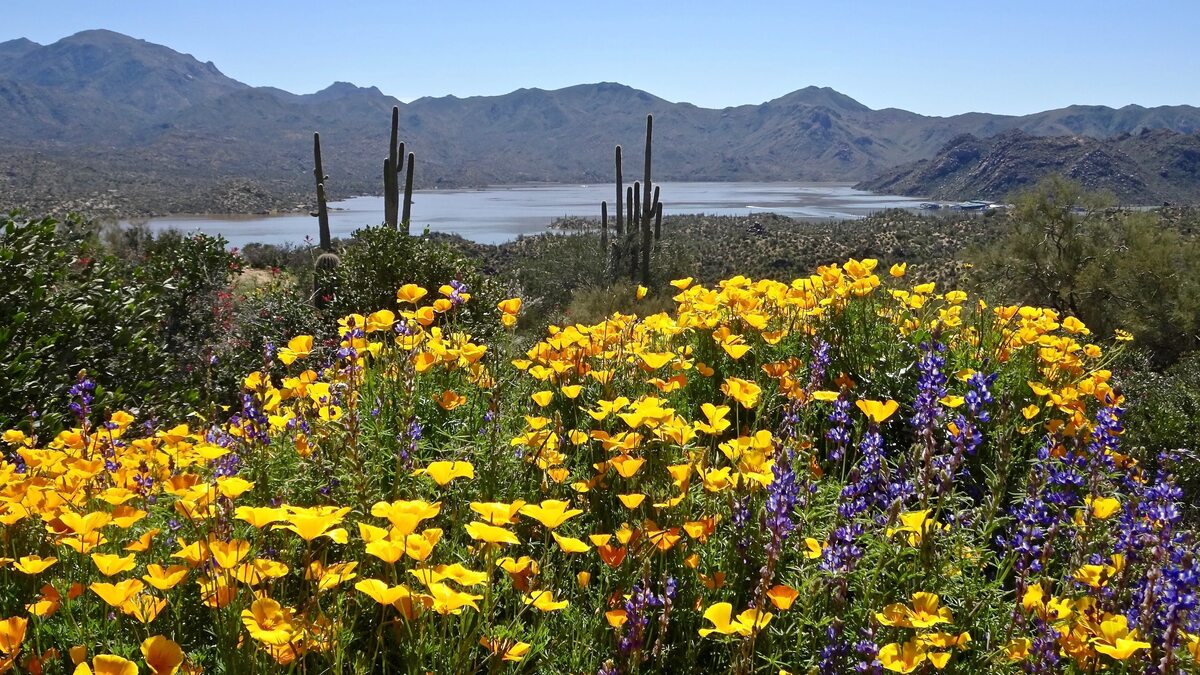
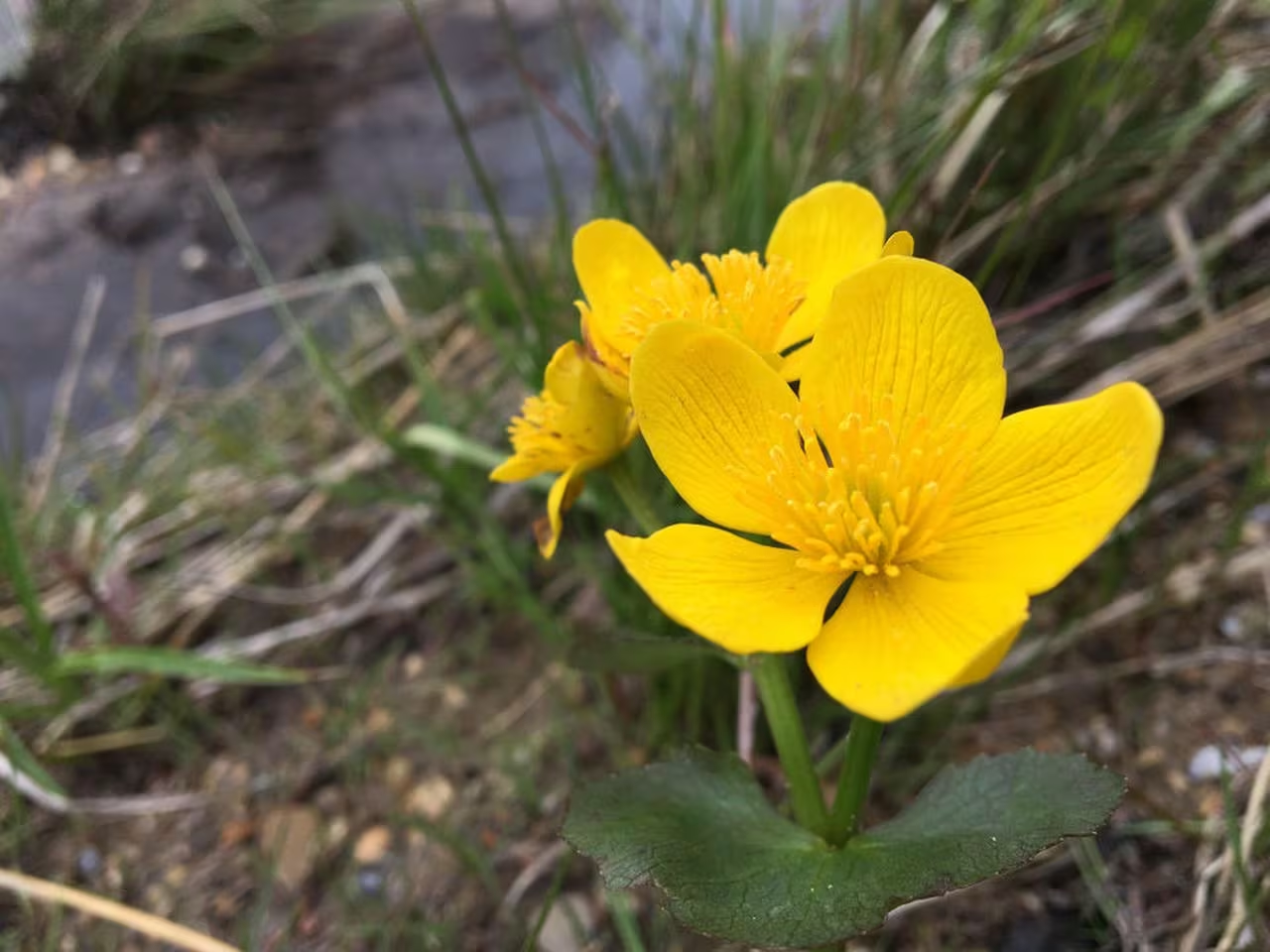
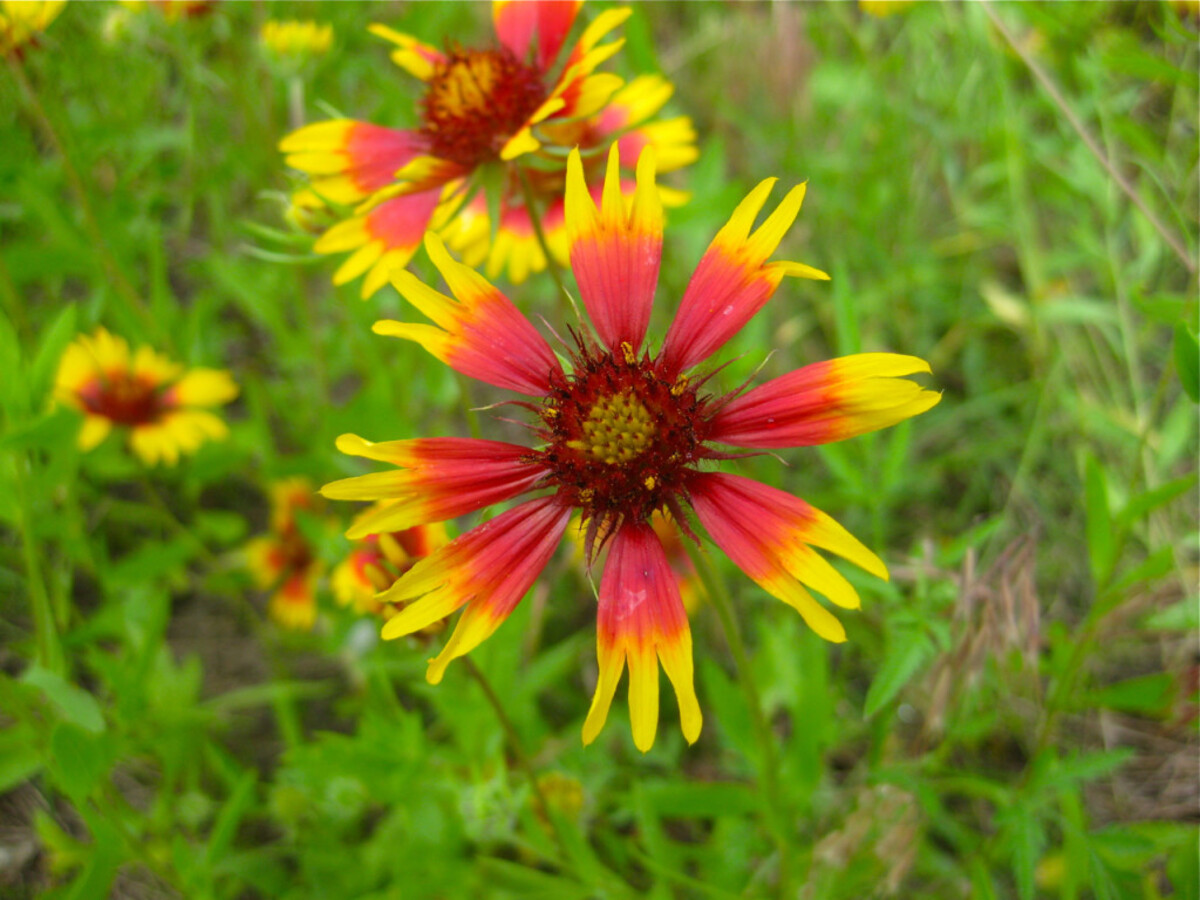
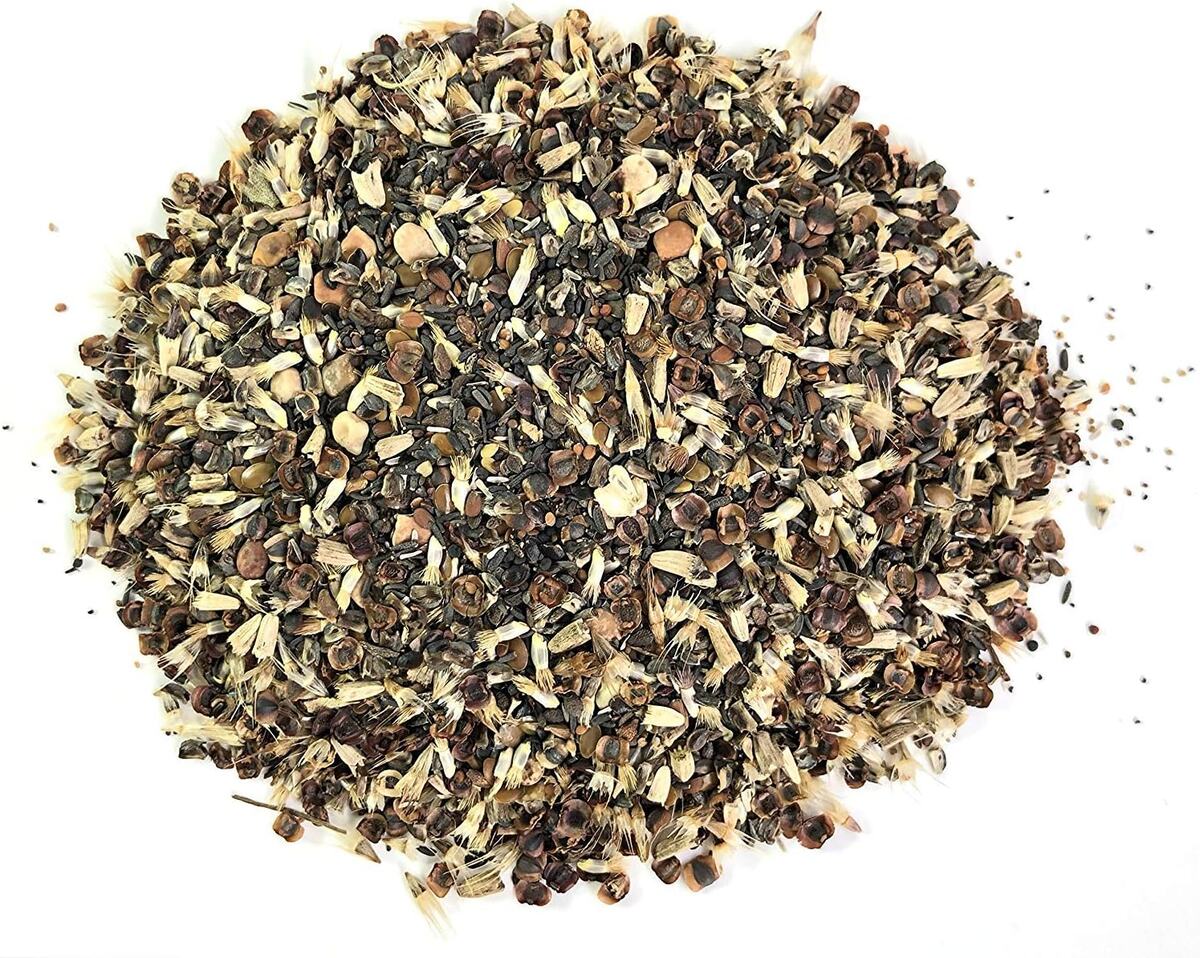
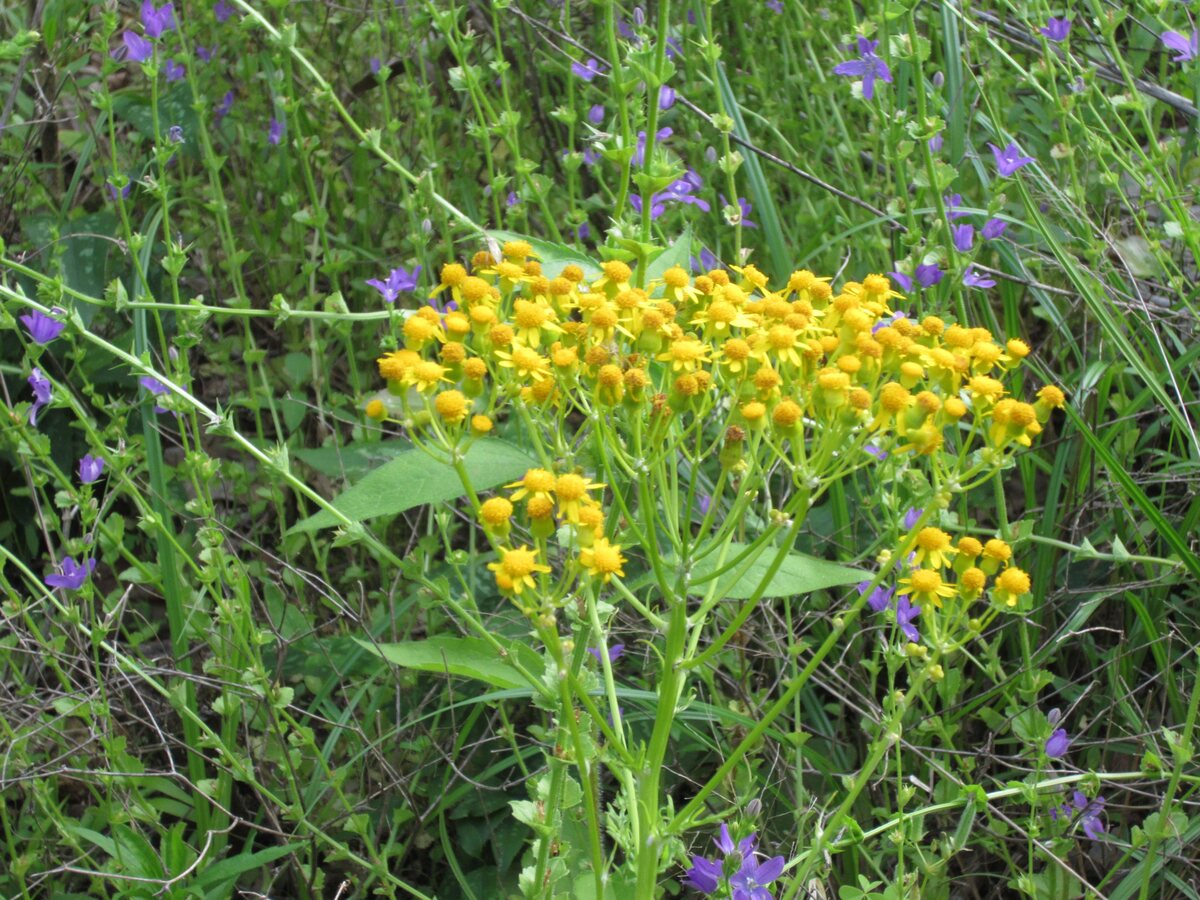
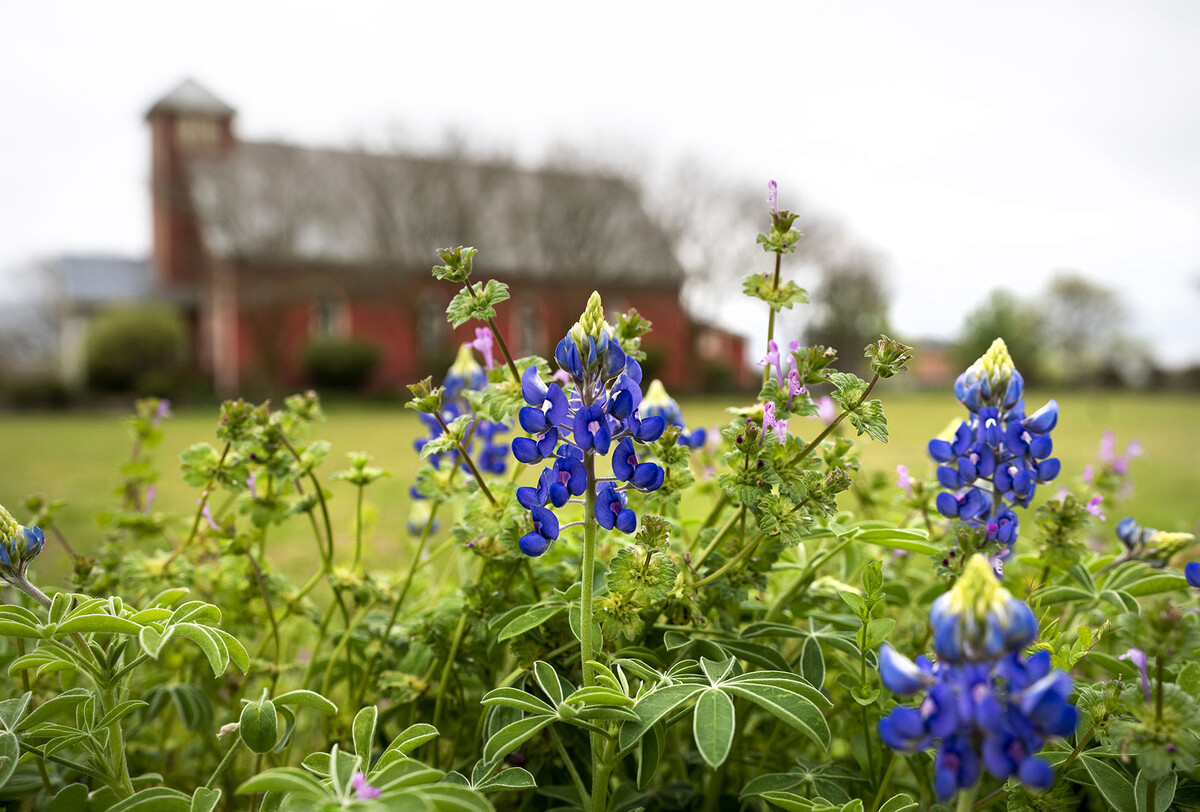
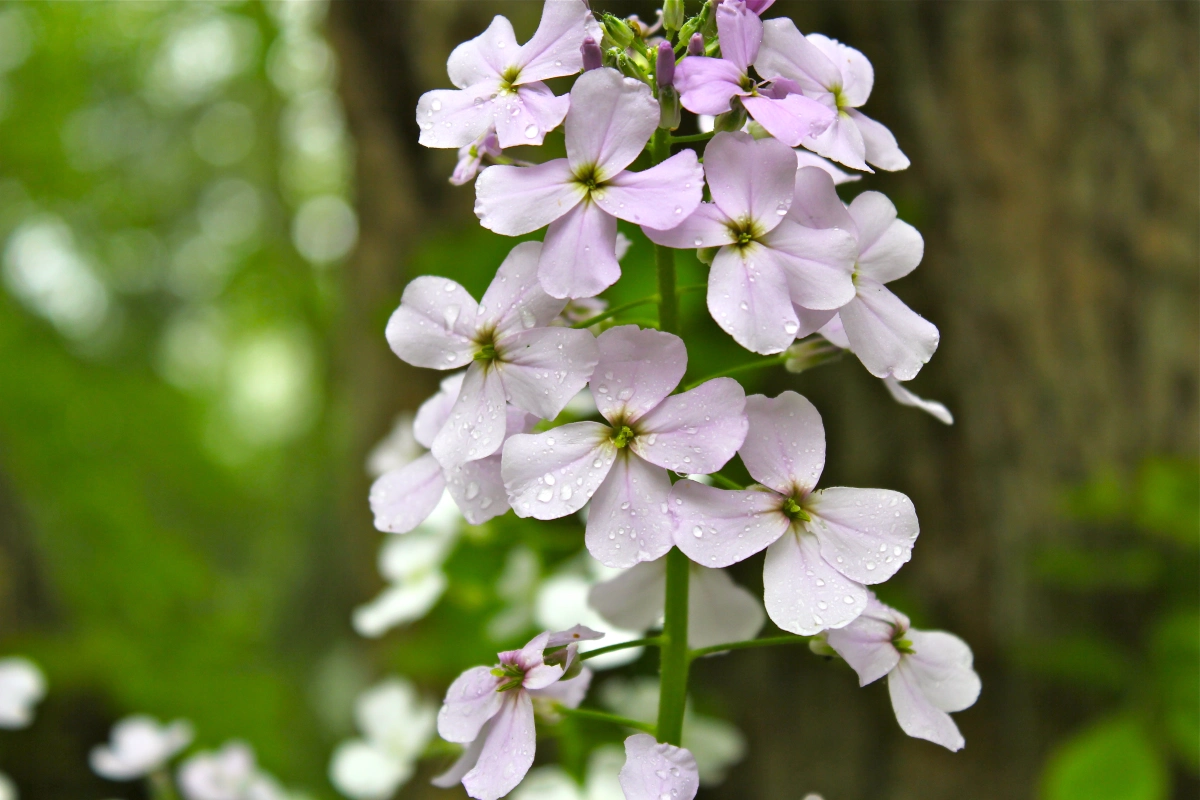
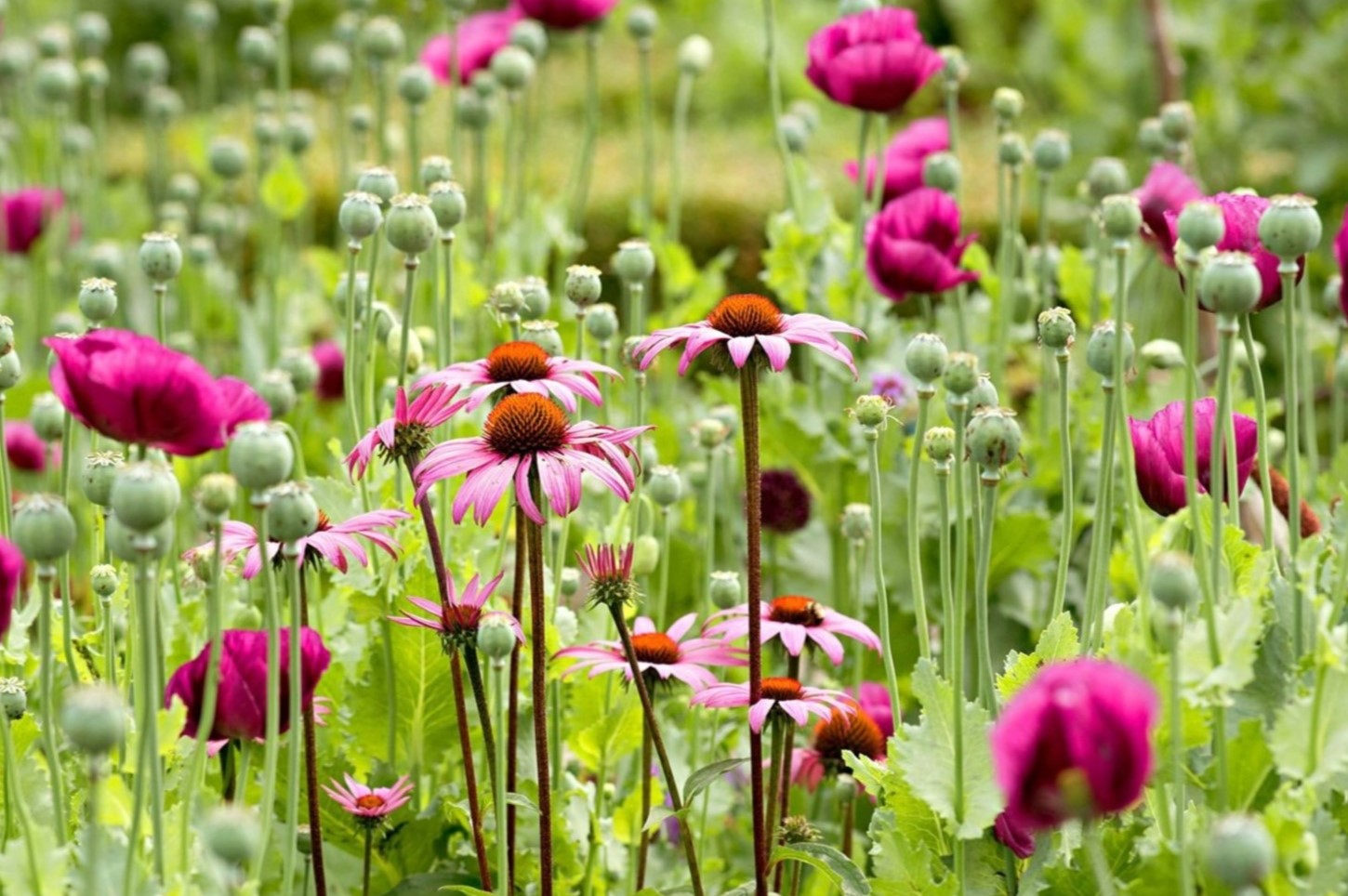
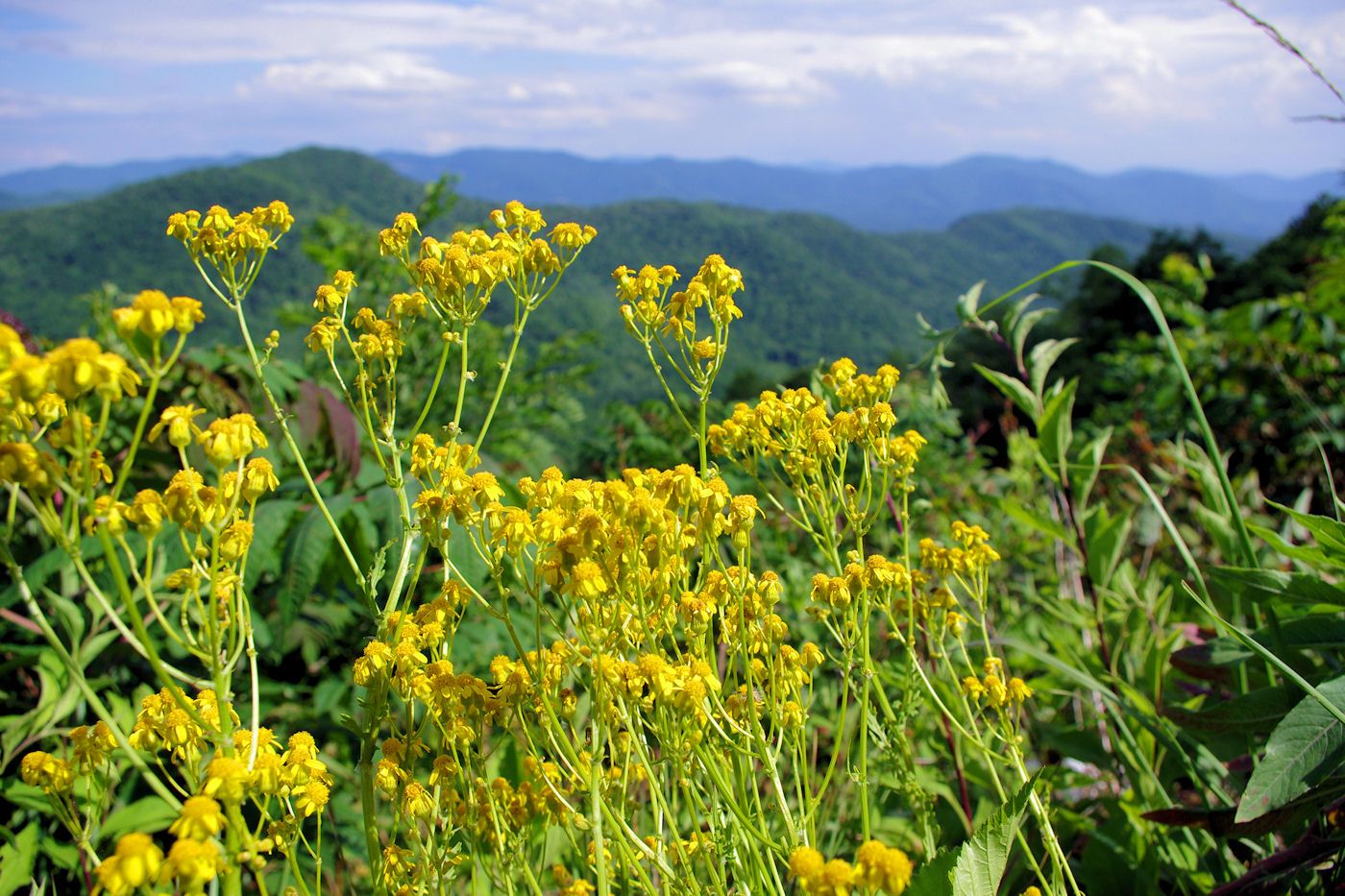
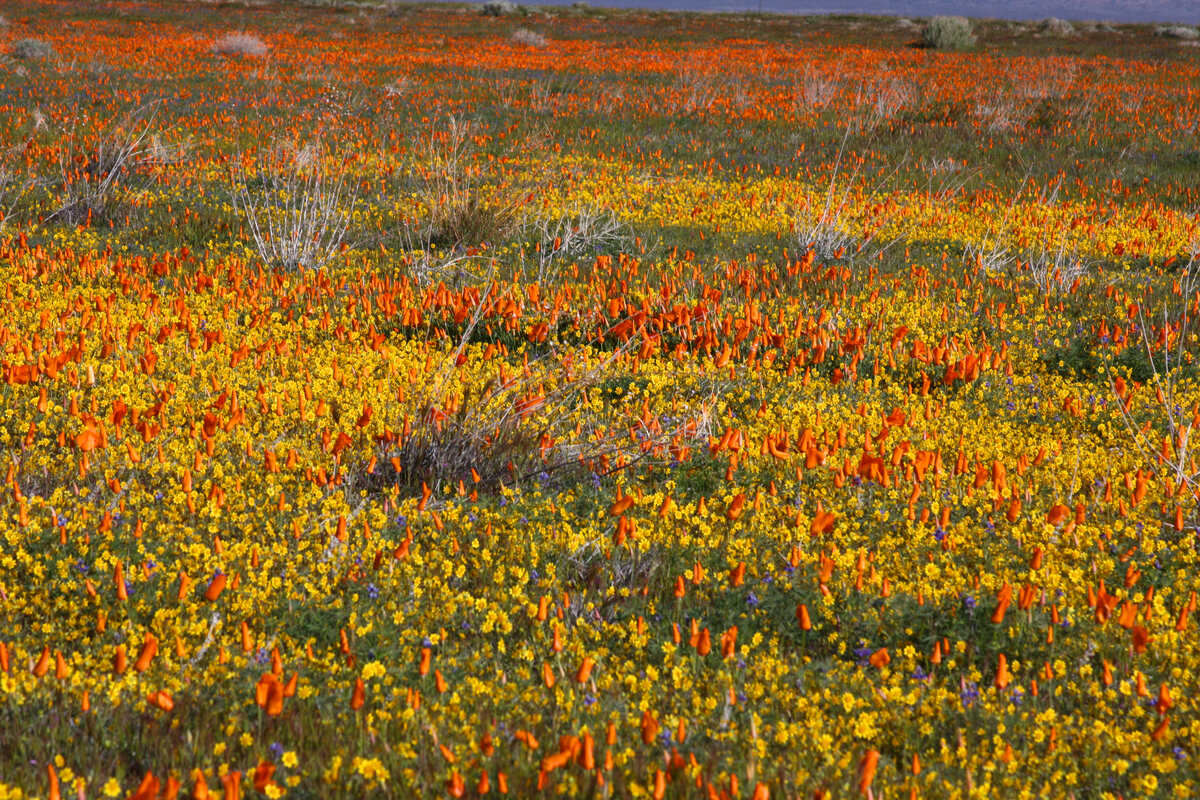
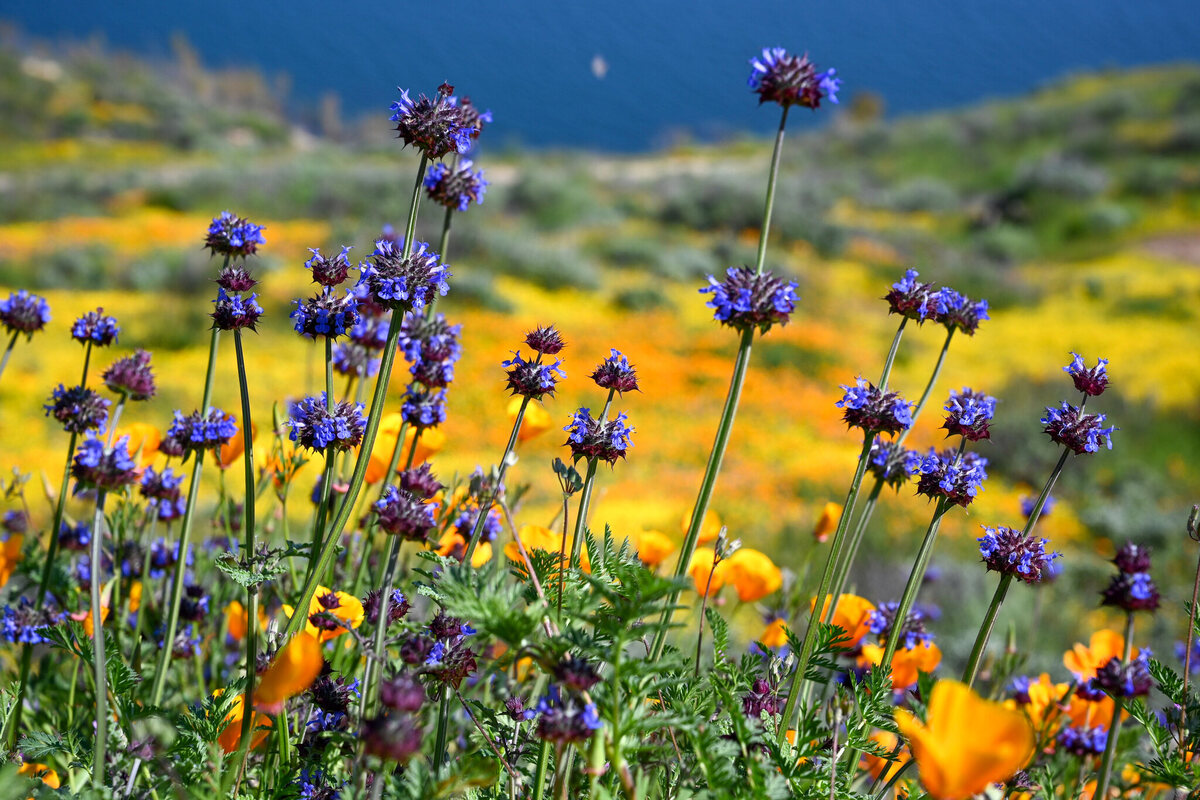
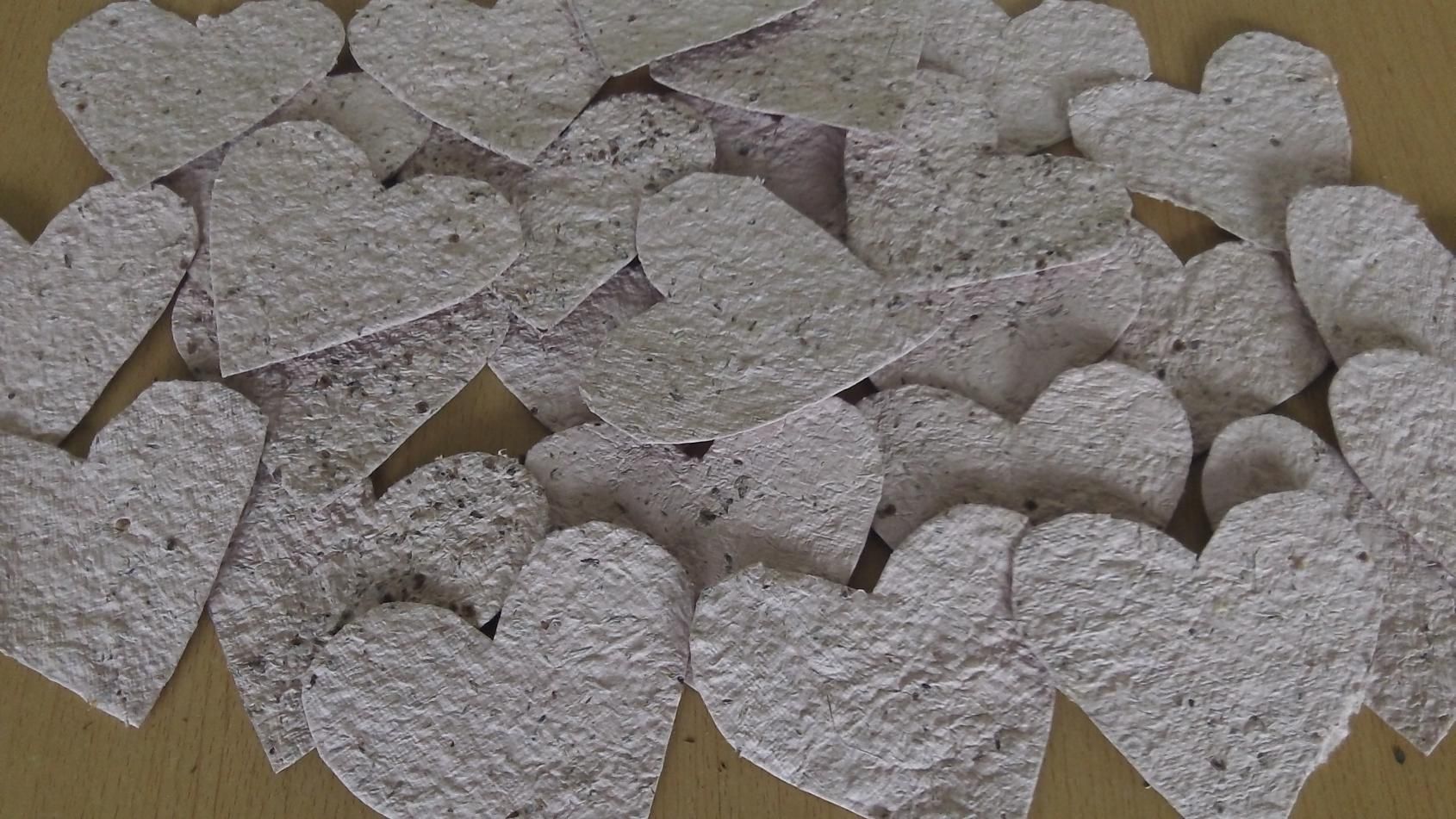
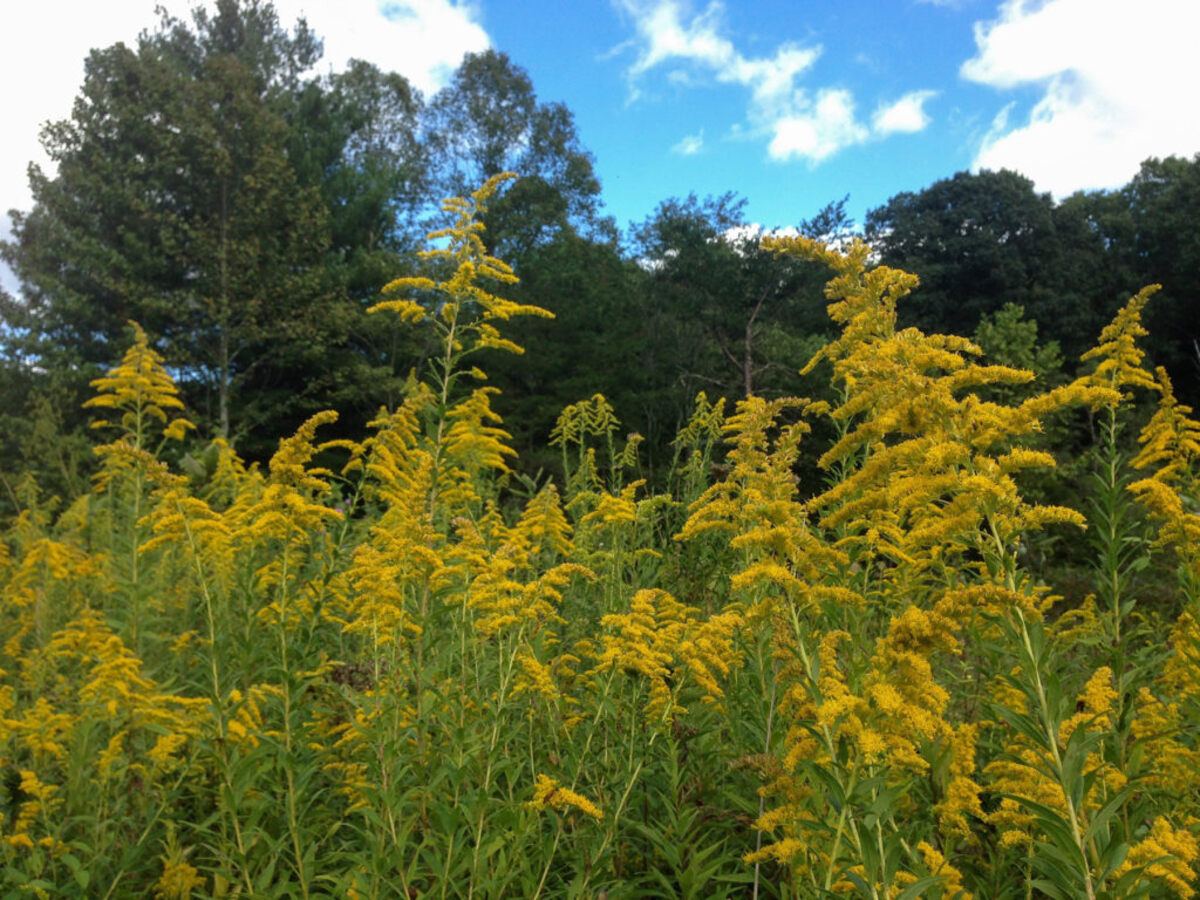
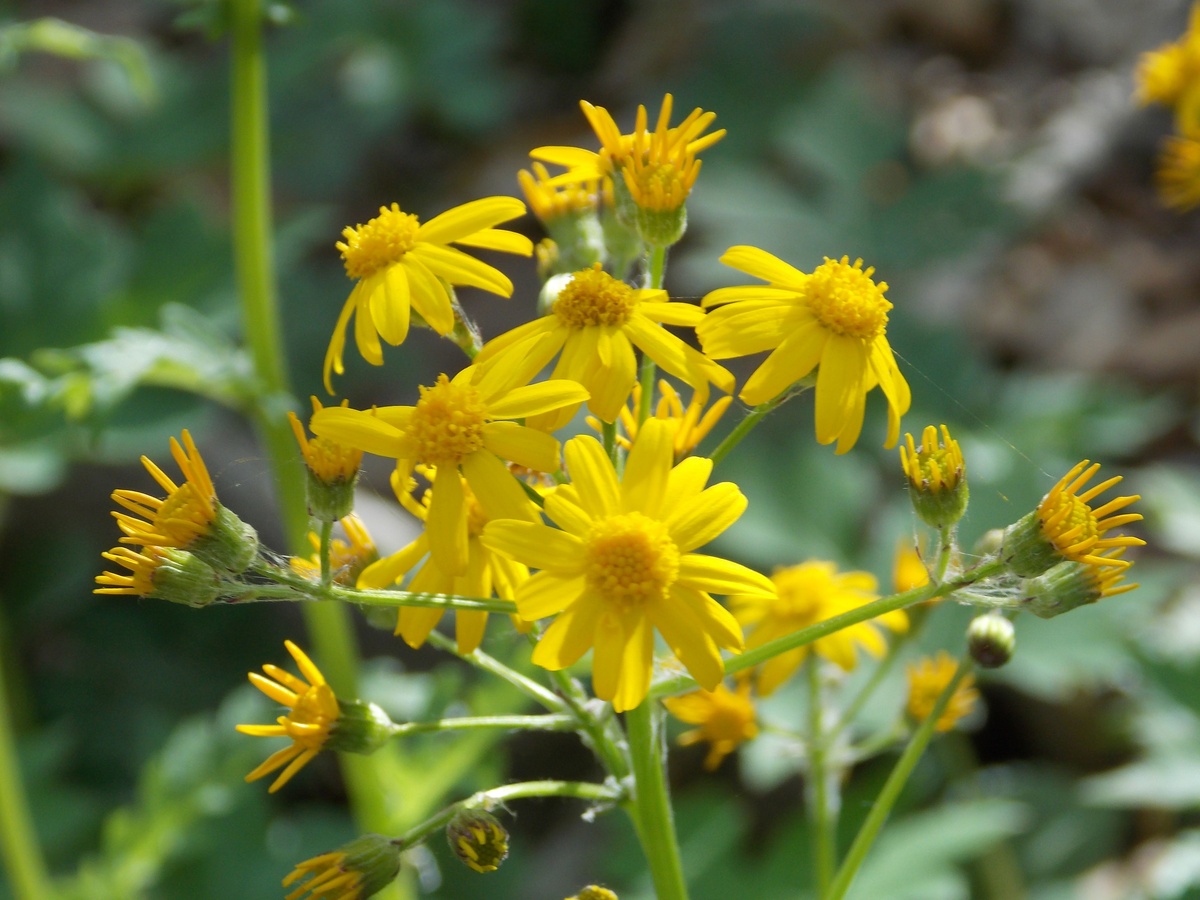

0 thoughts on “How To Plant Wildflower Seed Paper”